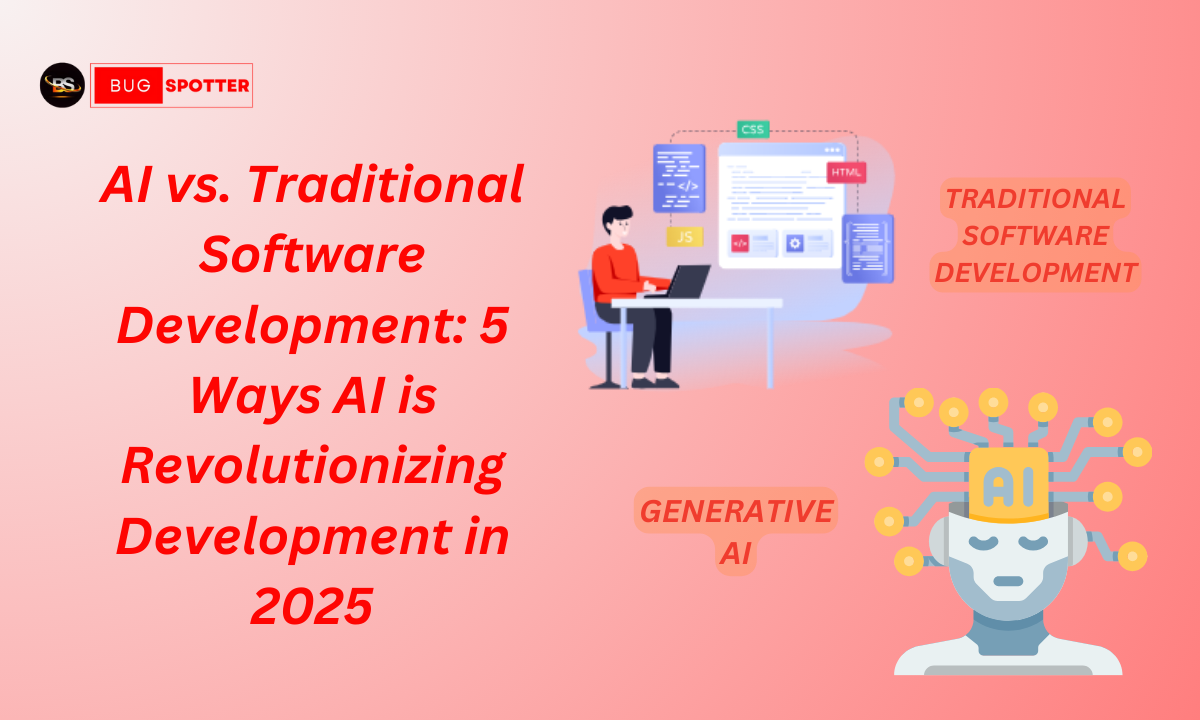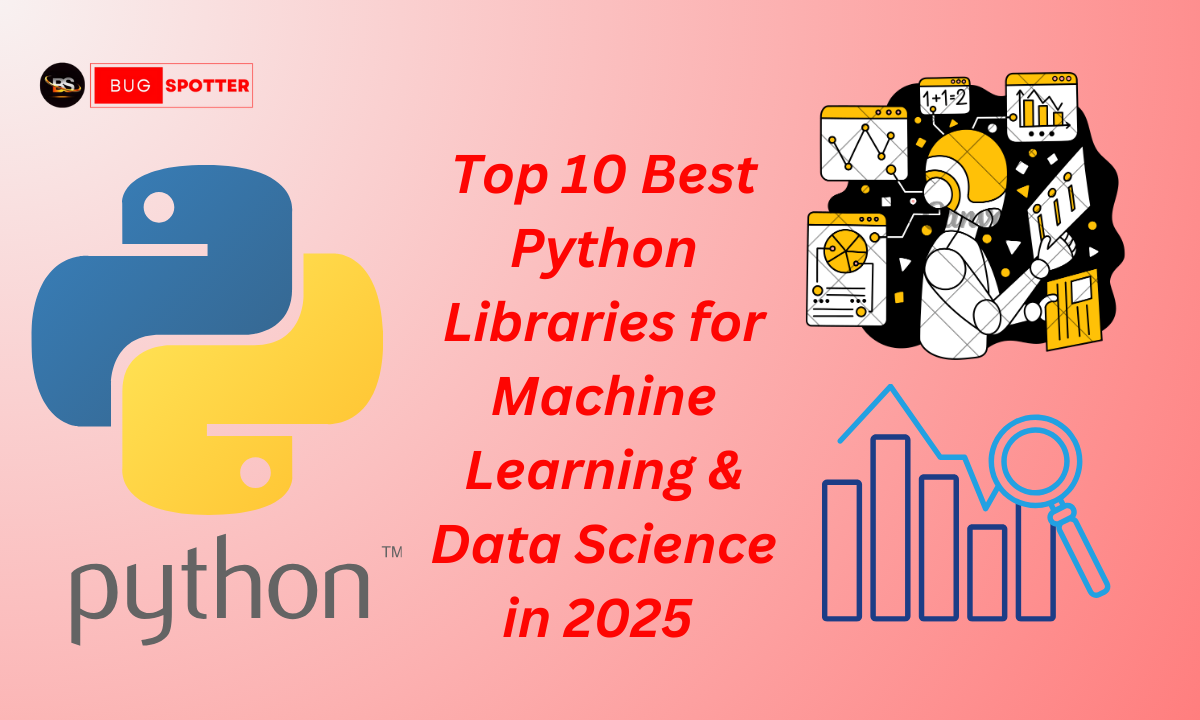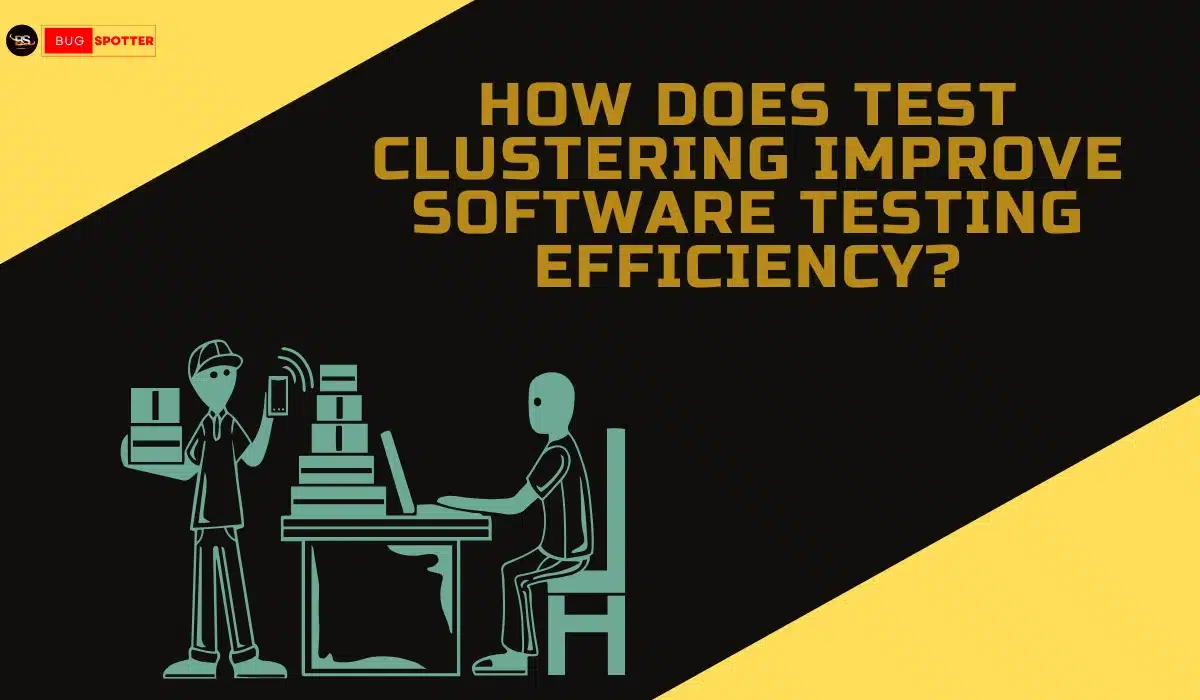What is Autoencoder in Deep Learning ?
Autoencoder in Deep Learning
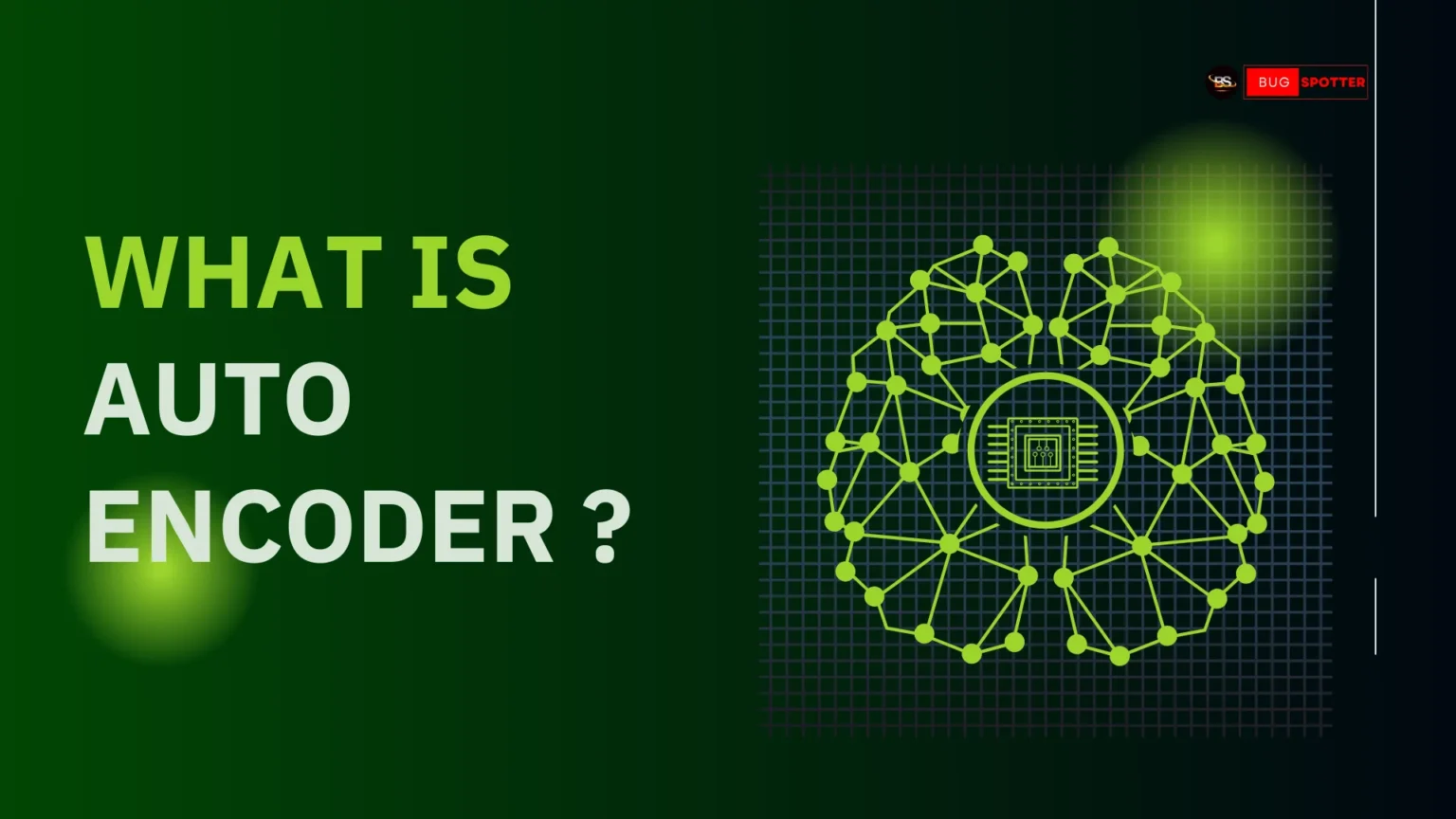
Autoencoder in deep learning designed to learn efficient coding of unlabeled data. Autoencoders are a class of artificial neural networks in deep learning. They achieve this by compressing the input into a latent-space representation and reconstructing the output from this representation. This process enables the model to capture essential features of the data, making autoencoders valuable for various applications such as dimensionality reduction, feature learning, and anomaly detection.
What is Autoencoder in Deep Learning ?
Autoencoders are unsupervised learning models that aim to reconstruct their input data. By learning to compress and decompress data, they capture essential features, making them valuable for various tasks in machine learning and data analysis.
Architecture of Autoencoders
The typical structure of an autoencoder includes:
- Encoder: Transforms the input data into a compressed latent representation.
- Bottleneck (Latent Space): The compressed representation capturing the most critical information.
- Decoder: Reconstructs the original data from the latent representation.This architecture ensures that the model learns a meaningful compression of the data.
This architecture ensures that the model learns a meaningful compression of the data.
Types of Autoencoders in Deep Learning.
There are several variations of autoencoders, each tailored for specific tasks:
- Denoising Autoencoder: Trained to remove noise from data by reconstructing the original input from a corrupted version.
- Sparse Autoencoder: Encourages sparsity in the hidden units, leading to a more efficient representation.
- Variational Autoencoder (VAE): A generative model that learns the probability distribution of the data, allowing for the generation of new data samples.
- Convolutional Autoencoder: Incorporates convolutional layers, making them suitable for image data by capturing spatial hierarchies.
Applications of Autoencoders in Deep Learning
Autoencoders have a wide range of applications:
- Dimensionality Reduction: Reducing the number of features in data while preserving essential information.
- Anomaly Detection: Identifying unusual data patterns by measuring reconstruction errors.
- Data Denoising: Removing noise from data to improve quality.
- Image Generation: Generating new images by sampling from the learned latent space.
Implementing Autoencoders in Deep Learning
Implementing an autoencoder involves defining the encoder and decoder networks, selecting an appropriate loss function, and training the model on the data. Frameworks like TensorFlow and Keras provide user-friendly APIs to build and train autoencoders.
Frequently Asked Questions (FAQs)
1. How do autoencoders differ from Principal Component Analysis ?
While both autoencoders and PCA aim for dimensionality reduction, PCA is a linear method, whereas autoencoders can model complex non-linear relationships, providing more powerful generalizations.
2. Can autoencoders be used for data compression ?
Yes, autoencoders can compress data by learning efficient codings, which can then be used for storage or transmission purposes.
3. What is the role of the bottleneck layer in an autoencoder ?
The bottleneck layer, or latent space, forces the model to capture the most salient features of the data, ensuring that only essential information is retained during compression.
4. Are autoencoders suitable for all types of data ?
Autoencoders are versatile and can be applied to various data types, including images, text, and time-series data. However, the architecture may need to be adjusted to suit the specific characteristics of the data.
5. How do variational autoencoders differ from traditional autoencoders?
VAEs are a type of generative model that learn the probability distribution of the data, allowing them to generate new data samples. Traditional autoencoders focus primarily on reconstructing the input data.
Autoencoder in deep learning, serving as powerful tools for unsupervised learning tasks. They excel in capturing the essence of data through compression and reconstruction, enabling applications such as dimensionality reduction, feature learning, and anomaly detection. By understanding and implementing various types of autoencoder in deep learning —such as denoising, sparse, and variational autoencoders—practitioners can address a wide array of challenges in machine learning and data analysis. Their versatility and adaptability make autoencoders in deep learning indispensable in the toolkit of modern deep learning methodologies.
Latest Posts
- All Posts
- Software Testing
- Uncategorized
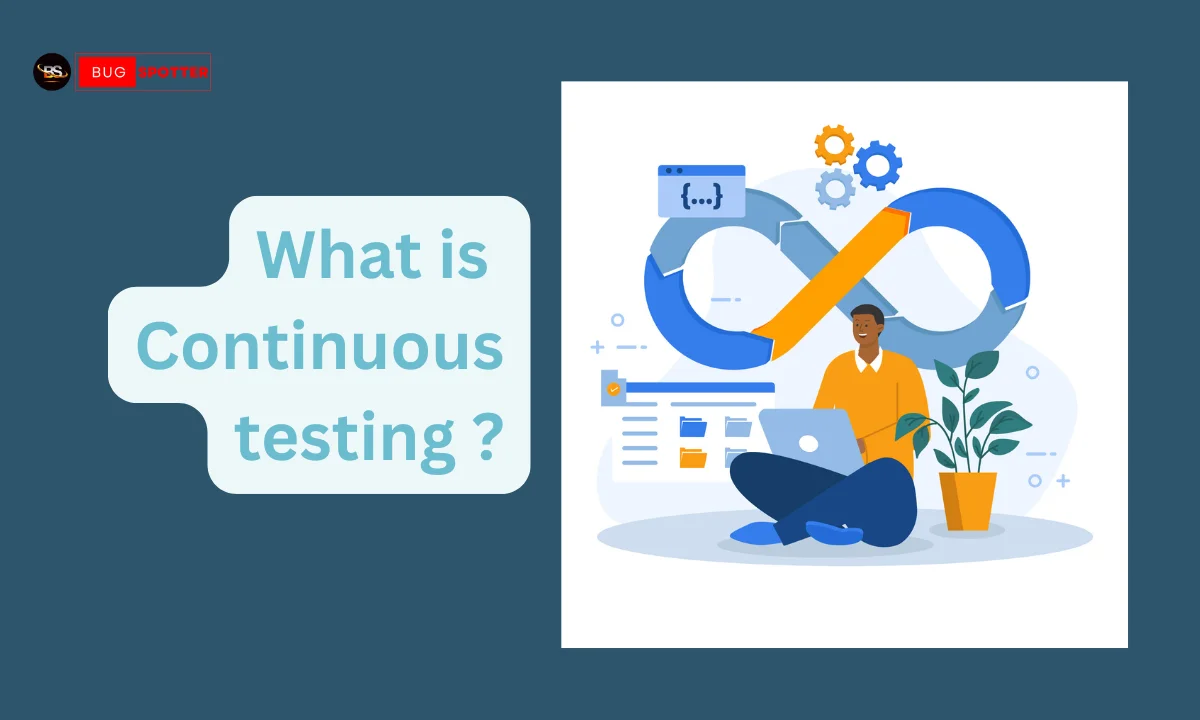
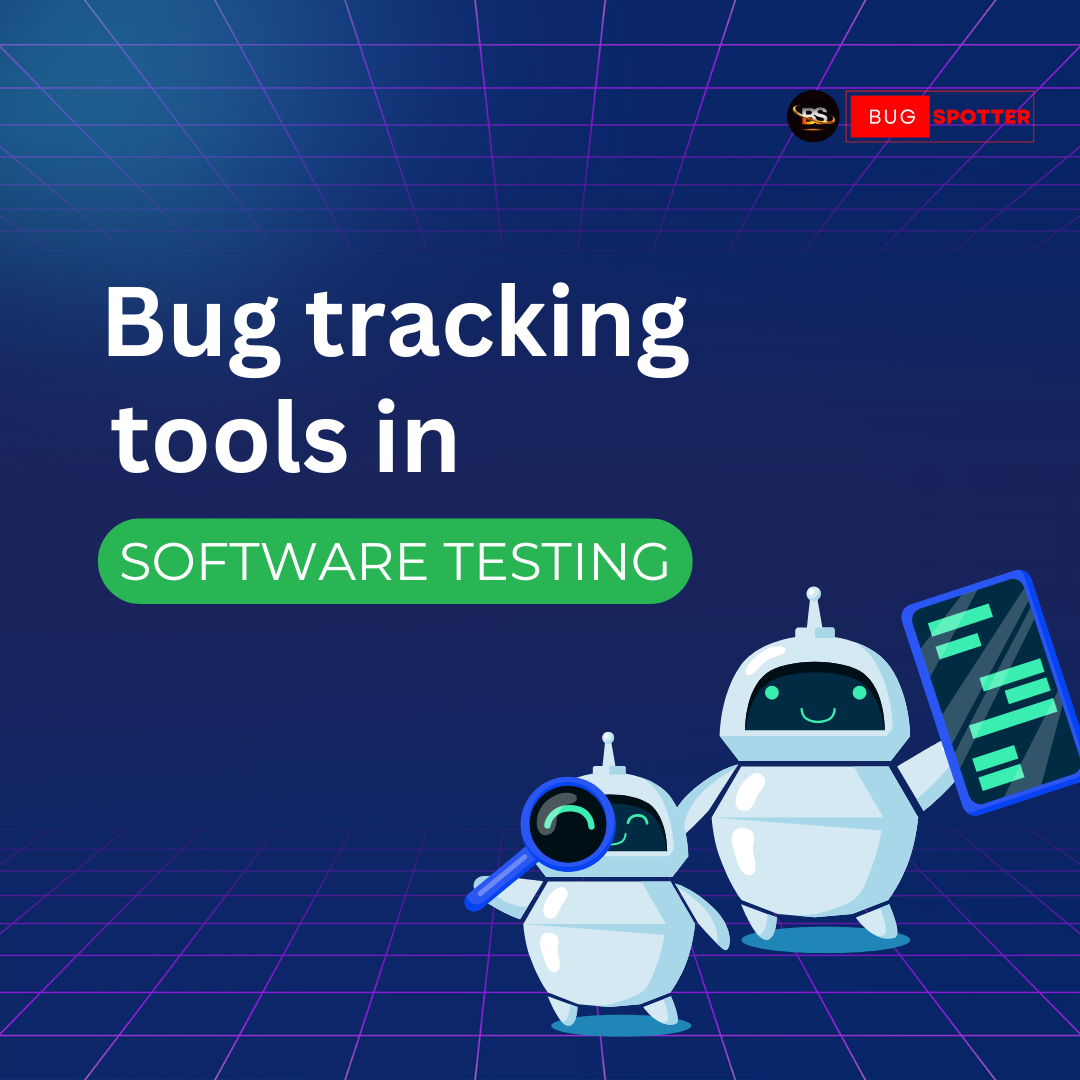
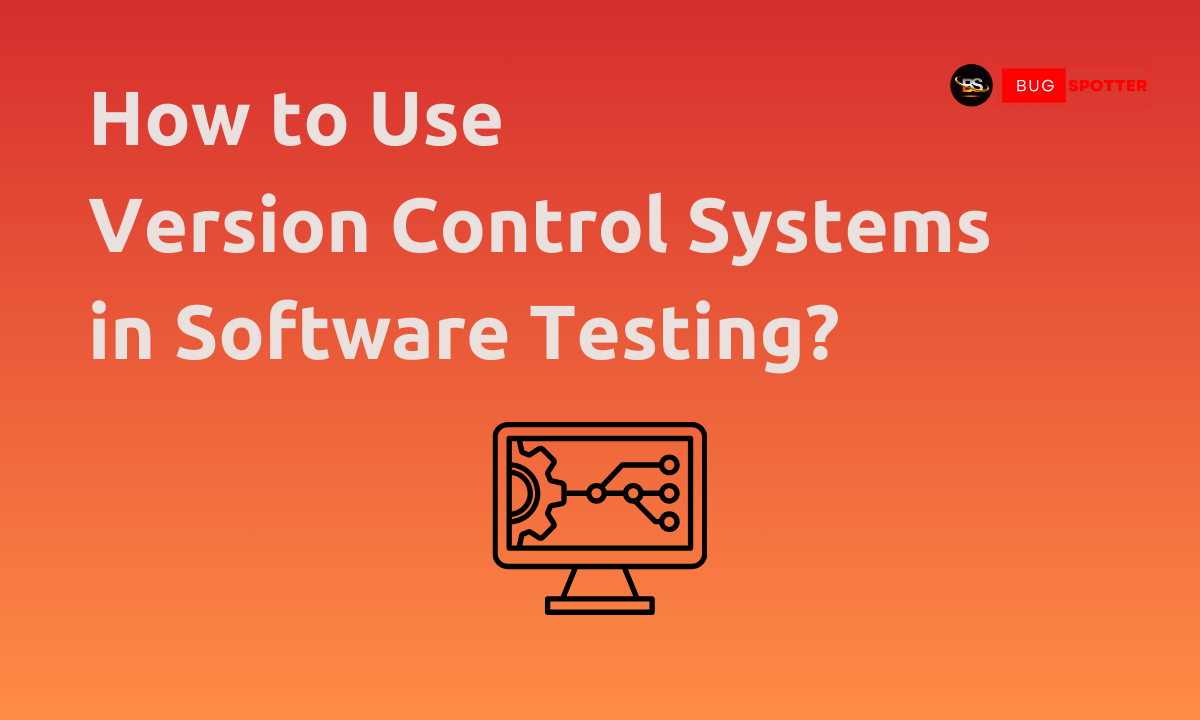
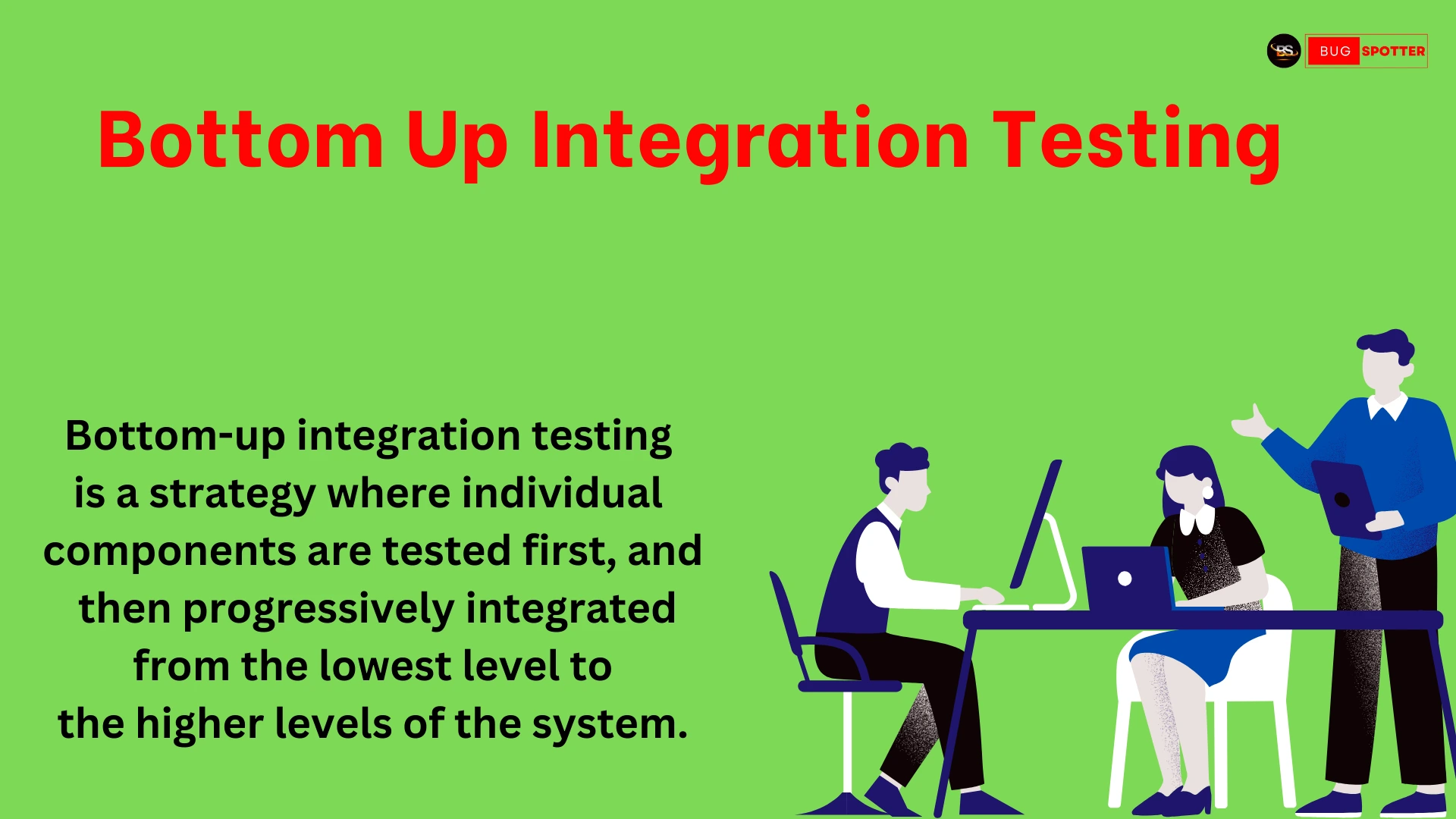
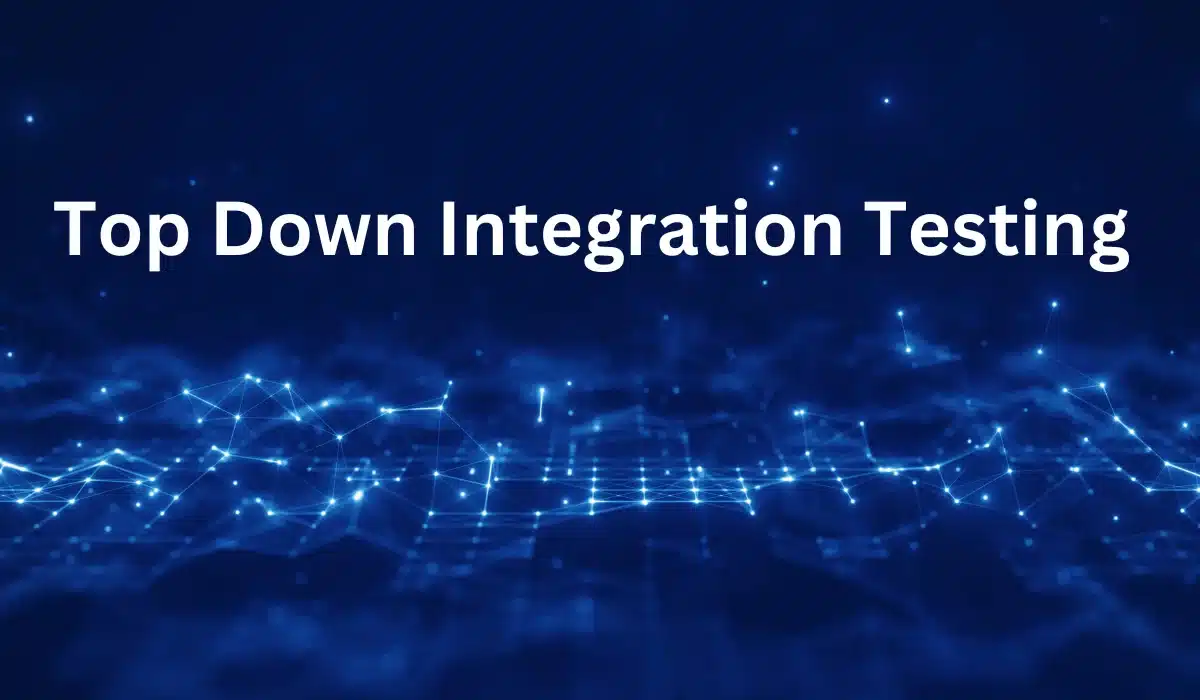
Categories
- Artificial Intelligence (5)
- Best IT Training Institute Pune (9)
- Cloud (2)
- Data Analyst (55)
- Data Analyst Pro (15)
- data engineer (18)
- Data Science (104)
- Data Science Pro (20)
- Data Science Questions (6)
- Digital Marketing (4)
- Full Stack Development (7)
- Hiring News (41)
- HR (3)
- Jobs (3)
- News (1)
- Placements (2)
- SAM (4)
- Software Testing (70)
- Software Testing Pro (8)
- Uncategorized (33)
- Update (33)
Tags
- Artificial Intelligence (5)
- Best IT Training Institute Pune (9)
- Cloud (2)
- Data Analyst (55)
- Data Analyst Pro (15)
- data engineer (18)
- Data Science (104)
- Data Science Pro (20)
- Data Science Questions (6)
- Digital Marketing (4)
- Full Stack Development (7)
- Hiring News (41)
- HR (3)
- Jobs (3)
- News (1)
- Placements (2)
- SAM (4)
- Software Testing (70)
- Software Testing Pro (8)
- Uncategorized (33)
- Update (33)



